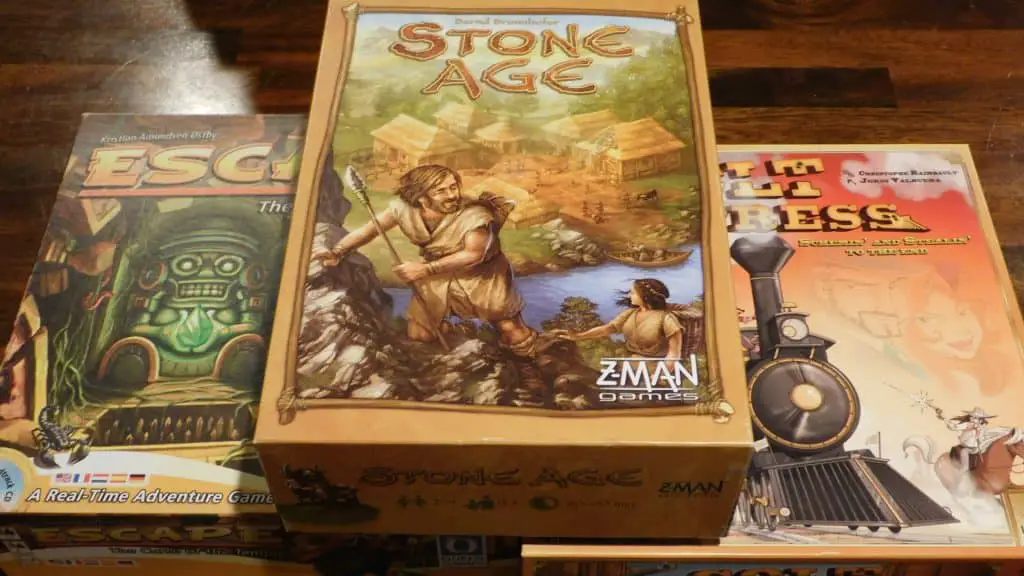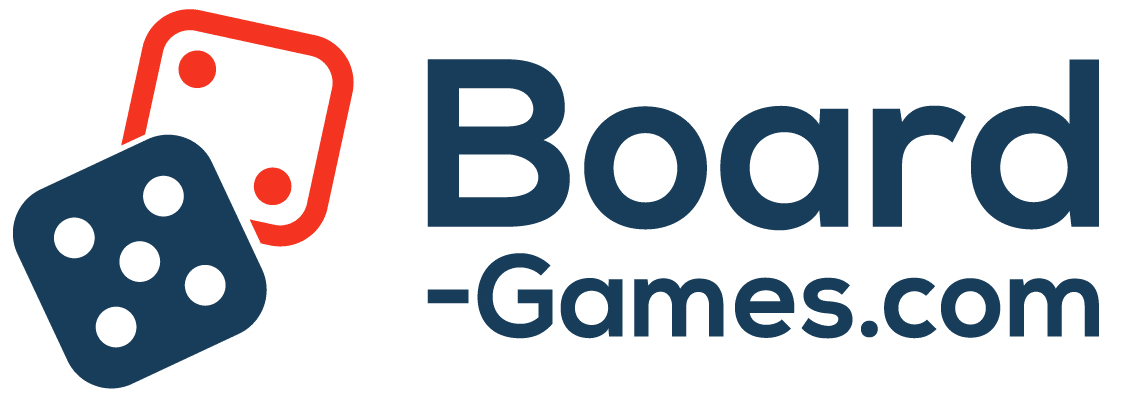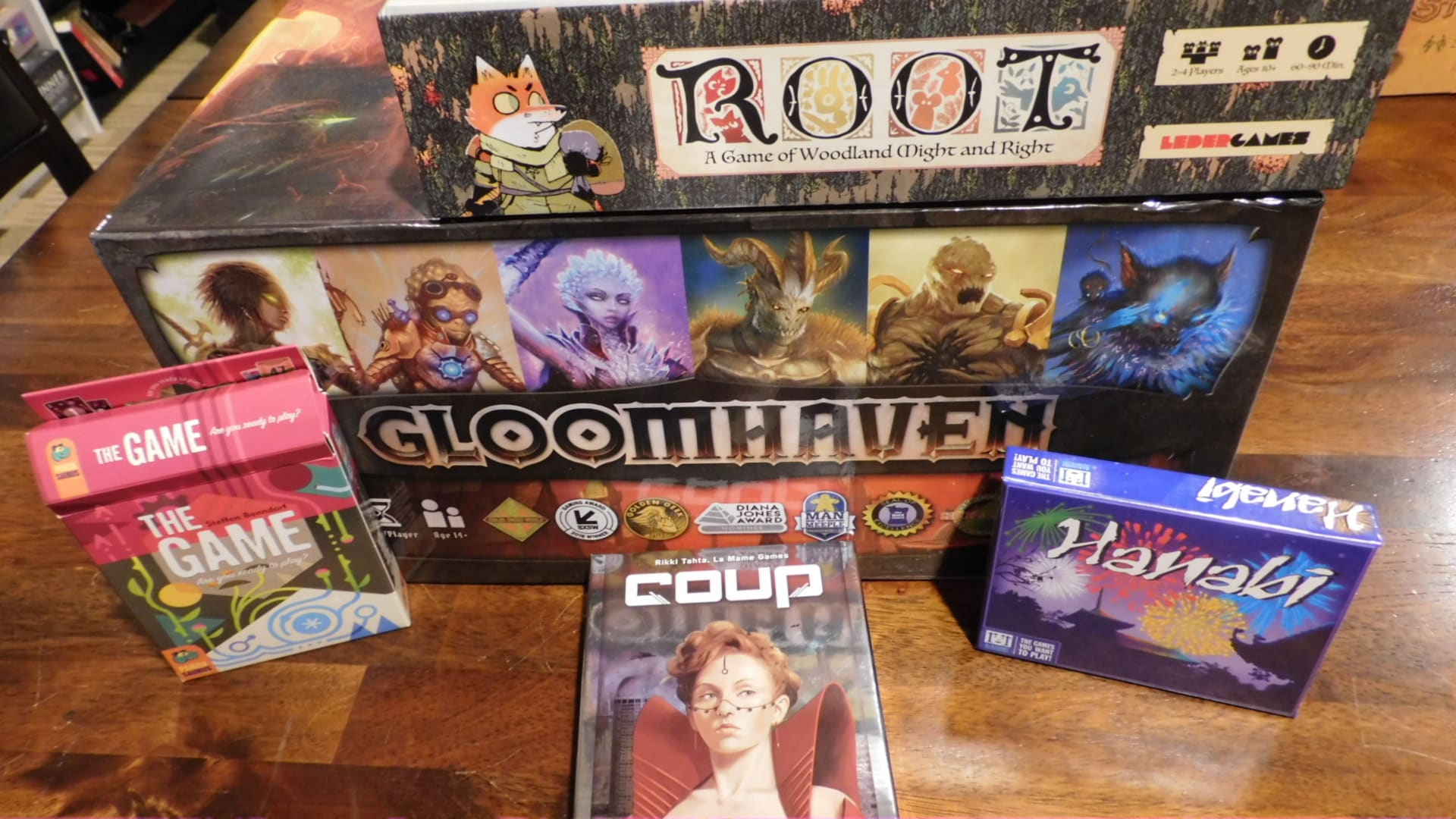Maybe you’ve heard the term, “modern classic,” and aren’t quite sure what it means for board games. Well, I’m here to help you out! So, what makes a board game a modern classic anyway?
What makes a board game a modern classic is when it was made (specifically 2004 and on), how long-lasting its production is, how widely appealing it is, and how enjoyable it is. If a game meets all of those requirements, then it’s a modern classic game.
Table of Contents
This Is Just My Opinion
I’m pointing this out right at the outset of this article because I don’t want this piece to come across as the only way to define a modern classic. You may have a completely different definition of what a modern classic is, and that’s great! I’d love to hear about them, in the comments below.
Still, even though this is just my opinion, I’m going to make it a valuable one. With that said, let’s get started with what makes a board game a modern classic, first by answering what makes a game a classic.
What Makes A Board Game A Classic?
For me, a board game is a classic when it’s one of those games that always sticks around. It’s a game that’s good, it’s a game that appeals to a wide audience, and it has to have been made at a certain time in history. Let’s break each of those down for a moment.
It’s Long-Lasting
One of the key ingredients for a board game to be a classic is that it has to have lasting power. Imagine if Clue or Monopoly had only been in production a few years and then disappeared, like so many other board games do.
I wouldn’t consider them classics in that case.
Whatever the reason is, a board game has to stay in production and people have to keep playing it in order for it to be a classic.
The Game Is Good
“Good” is a word that holds a lot of different meanings for a lot of different people. The two main ones that come to mind are “fun” and “challenging.”
Some people consider games like Connect 4 good because they’re just a lot of fun to play. You don’t have to think about them too much, and you can have a good time while playing them.
Others consider games like Steam to be good because they require a lot of brain power to do well. Steam is a great example of what I mean by challenging because there are plenty of games that require you to use brain power, but some push it to the limit (which is why you’ll see certain games on my list of modern classics below that might surprise you).
While I do think challenging games can be classics (although none are coming to mind at the moment), for a board game to be a classic it should provide a lot of enjoyment to as many people as possible, which leads me to my next point.
They’re Widely Appealing
Games like Clue, Monopoly, Connect 4, and so on, stay in production for so long because they’re fun but also because they appeal to wide audiences. The same is true of less mainstream games such as Azul, Wingspan, and The Crew.
A couple of quick notes here on those last three games though. One note is that each of those is indeed a modern classic. Also, there’s a fair bit of strategy in each of them, but not so much that the strategy excludes large groups of people, age notwithstanding. Plus, I’d argue those games are pretty close to the mainstream since they’re showing up in retail stores like Target, which is cool!
Anyway, the bigger the audience your game has, the more people who are going to play it, which means the more people who are going to share that game with others or pass it down to future generations, which allows it to stay in production longer.
When It Was Made
Here’s an interesting nugget for you: between 2004 and 2010, Dominion, Talisman Revised 4th Edition, Ascension, Pandemic, Power Grid, Ticket To Ride, Agricola, 7 Wonders, Arkham Horror, Small World, Race For The Galaxy, Stone Age, Memoir ’44, Cosmic Encounter, The Resistance, Hanabi, and more came out.
In comparison, between 1995 and 2003, Citadels, Catan, For $ale, PitchCar, Carcassone, and Lost Cities came out.
I’m mentioning these games because as I did my searches, I noticed a huge uptick in popular games that came out right around 2004-2005. All of the games I mentioned between 1995 and 2010, I would consider a classic or a modern classic.
This is starting to get into what makes a board game a modern classic, but I would argue based on the above data, a game could be considered a classic if it met all the criteria in the earlier sections and also came out prior to 2004. If it met all the earlier criteria and came out in 2004 and after, then it’s a modern classic.
Just in case you’re still not understanding the importance of these dates, it’s because at some point board games exploded into the mainstream. This could be argued to have started around that 1995 to 2003 era (or even earlier), but I’d argue they really started growing from 2004 onward, which is why we started seeing so many more classics, modern or otherwise.
What Does Modern Classic Mean?

So, I’ve already defined a modern classic in terms of when it came out, but is that plus the other above-described criteria the only things that make a game a modern classic?
In my opinion, yes. If we take away the distinction of “modern,” we’re just left with “classic.” So, what makes a game a classic regardless of when someone made it? Well, it’s a game that’s good, widely appealing, and long-lasting.
Still, some may argue about if the games described above should even be considered classics. For instance, none of my criteria include how many units were actually sold, although I’d argue the long-lasting criteria takes care of this part. But I’d be willing to hear other thoughts on any of the games above (and I probably left some out that people consider classics too!).
What Are Some Examples Of Modern Classic Games?
Aside from the games already mentioned, here are some more modern classics from 2010 up to November 2022:
- Gloomhaven
- Terraforming Mars
- Scythe
- Spirit Island
- Terra Mystica
- Root
- Pandemic Legacy series
- Blood Rage
- Legendary: A Marvel Deck Building Game
- The Castles Of Burgundy
- Mansions Of Madness 1st And 2nd Edition
- Caverna
- Rising Sun
- Codenames
- Splendor
- King Of Tokyo
- Love Letter
- Zombicide series
- Coup
- Mysterium
- Flash Point: Fire Rescue
- Kingdomino
- One Night Ultimate Werewolf
- Sushi Go! and Sushi Go! Party
- Spyfall
- Colt Express
- Escape: The Curse Of The Temple
- Forbidden Desert
As with the other games mentioned before, this list will be incomplete. Feel free to let me know in the comments below which games I’m missing or that you think deserve to be on this list!
Did You Know?
(Each time you refresh the page you will get a new “Did You Know” fact!)
Did you know Clue has been published in a lot of other countries? Because of this, there was a strong need to translate the game into other languages. For example, Cantonese, French, German, and Italian.
Pretty cool, huh? Clue is an interesting game because it sits between what we would call a language-dependent game and a language-independent game.
Not sure what I’m talking about? Take a look at this article about board games being published in other languages!
In Conclusion: What Makes A Board Game A Modern Classic?
What makes a board game a modern classic? There are a few things, as you’ve seen, but maybe you have some different opinions on this. If so, let me know what they are and why in the comments below!
And, as always, keep on gaming, fellow board gamers.

